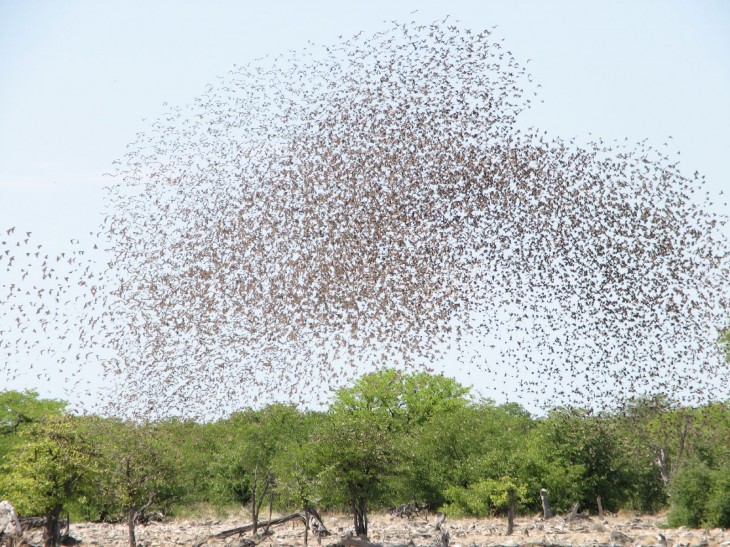 The article I was assigned for was Sou Fujimoto’s “Primitive Future”. The author divided his logic of achieving an ideal architecture over 20 titles, yet it is clear that his strategies are basically three. The title hints the theme to be discussed, a ‘primitive’ habitation as a spatial study, giving it a ‘futuristic’ interpretation. For Sou Fujimoto, the main challenge for an architect is to design intentionally a space that has a spontaneous purpose. He considers a living space experimental and that people mold it according to their habits and purpose behind its use. To him, ‘ideal’ design is achieved when following the below strategies: gradation, relations, experimental/accidental. -‘gradation’ are the possibilities that arise in real life. It is the grey zone that does not have specific limit, as it lies between inside and outside, public and private, morning and evening…something spontaneous and natural. These relations can be considered as ‘disturbed’ since the blurriness of its horizons creates and architecture that blends with its environment. Nature is always evolving when taking the time factor into consideration. -‘relations’ strategy is then discussed as it gives the architecture a specific function and identity. These relations are relevant because they vary among societies which highlight the concept of flexible and unexpected. To him, architecture has to contain an incomprehensible diversity. The array of relations between spaces is defined by ‘intangible relations’ -‘experimental and accidental’: the author expresses this relation by wishing to make diagrams of architecture that even a child can draw. He intends to highlight the intuitive relations that people create with spaces more than showing what is right or wrong. A variety of strategies explore these relations such as ruins that have an accidental notion and trigger possibilities for function yet saving the emotions and memories within it. So as we conclude, Sou Fujimoto perceives ‘ideal’ architecture as one that is liberated from the constraints of arranged relations between spaces. The study I am interested in is the definition of the nuances that set the logic behind this liberation. To me, a cave is rich only with the memory of the ‘nest’ in our minds. The question is: ‘how will the ‘cave’ still define the future urban fabric if ‘nests’ do not exist anymore?’ The image above explicitly defines the randomly natural relationship between each bird in the herd. Is not about the whole figure (as Sou Fujimoto projects in a city), yet it is about the relation between each individual bird (the cave) that explores the specificity and identity of this natural community.
The article I was assigned for was Sou Fujimoto’s “Primitive Future”. The author divided his logic of achieving an ideal architecture over 20 titles, yet it is clear that his strategies are basically three. The title hints the theme to be discussed, a ‘primitive’ habitation as a spatial study, giving it a ‘futuristic’ interpretation. For Sou Fujimoto, the main challenge for an architect is to design intentionally a space that has a spontaneous purpose. He considers a living space experimental and that people mold it according to their habits and purpose behind its use. To him, ‘ideal’ design is achieved when following the below strategies: gradation, relations, experimental/accidental. -‘gradation’ are the possibilities that arise in real life. It is the grey zone that does not have specific limit, as it lies between inside and outside, public and private, morning and evening…something spontaneous and natural. These relations can be considered as ‘disturbed’ since the blurriness of its horizons creates and architecture that blends with its environment. Nature is always evolving when taking the time factor into consideration. -‘relations’ strategy is then discussed as it gives the architecture a specific function and identity. These relations are relevant because they vary among societies which highlight the concept of flexible and unexpected. To him, architecture has to contain an incomprehensible diversity. The array of relations between spaces is defined by ‘intangible relations’ -‘experimental and accidental’: the author expresses this relation by wishing to make diagrams of architecture that even a child can draw. He intends to highlight the intuitive relations that people create with spaces more than showing what is right or wrong. A variety of strategies explore these relations such as ruins that have an accidental notion and trigger possibilities for function yet saving the emotions and memories within it. So as we conclude, Sou Fujimoto perceives ‘ideal’ architecture as one that is liberated from the constraints of arranged relations between spaces. The study I am interested in is the definition of the nuances that set the logic behind this liberation. To me, a cave is rich only with the memory of the ‘nest’ in our minds. The question is: ‘how will the ‘cave’ still define the future urban fabric if ‘nests’ do not exist anymore?’ The image above explicitly defines the randomly natural relationship between each bird in the herd. Is not about the whole figure (as Sou Fujimoto projects in a city), yet it is about the relation between each individual bird (the cave) that explores the specificity and identity of this natural community.